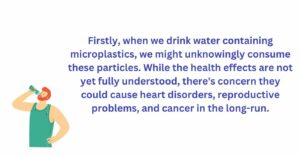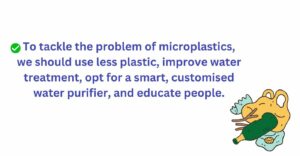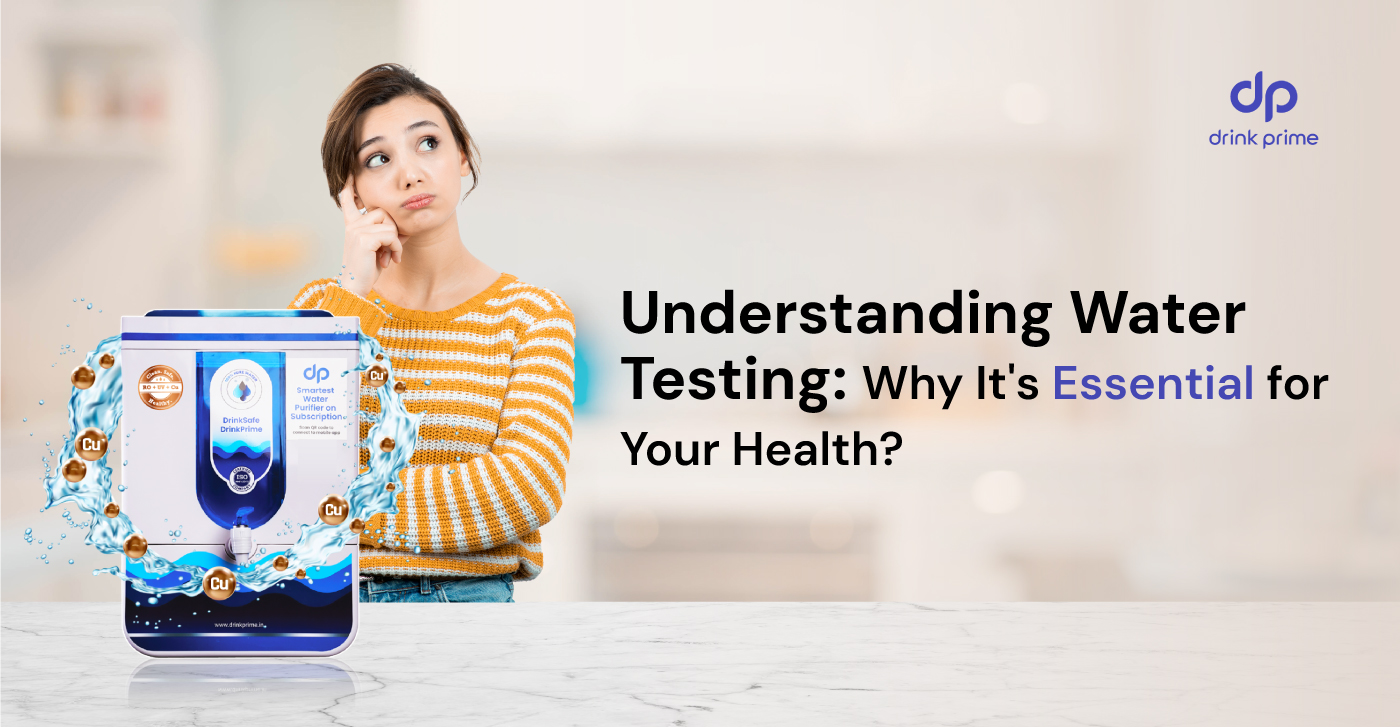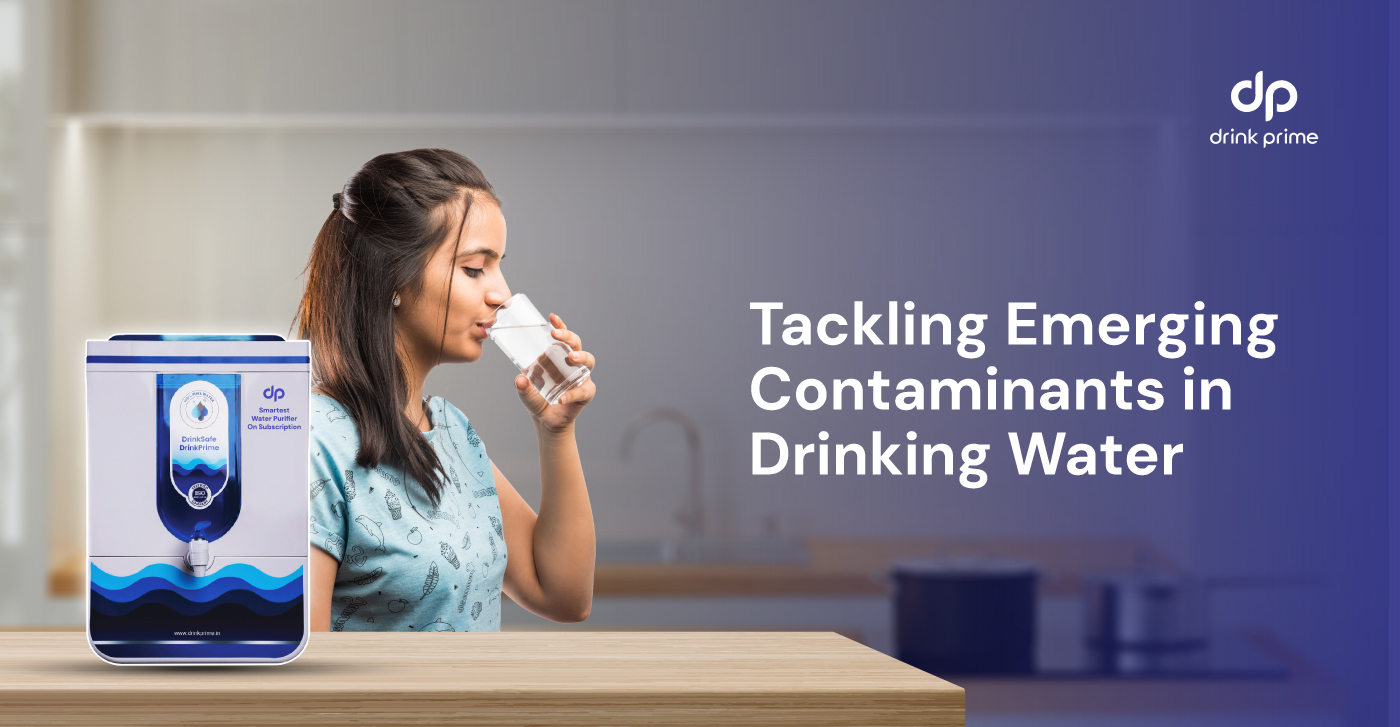Microplastics in Drinking Water
Plastic, no matter how useful it is, its cons always overpowers the pros. It endangers human and animal health and also causes pollution. Plastic takes about hundreds to thousands of years to be decomposed. The worst part is, that plastic is also unknowingly consumed by a lot of people. Plastic can be found in food or even beverages. Water, the most important necessity of human life, has also not escaped from plastic contamination.
Without water, human beings cannot survive. Drinking clean and safe water is more important than drinking just any water. The microplastics in drinking water are so harmful that they might even cause cancer in human beings. Utmost care must be put in as to what quality of water is being consumed by each person on a daily basis.
Get 7 Days Risk Free Trial
But let’s first understand what microplastics are.
Threat Alert- Microplastic
So what are these microplastics? These are basically small bits of plastic, not bigger than 5 millimeters or even as small as 0.0001 millimeters. These microplastics constantly contaminate the water bodies, the air that we breathe, and the food that we eat. It has also become common to find microplastics in water these days. Like any other plastic, they are also very harmful and can cause serious damage to animal health and the environment. It also takes a lot of years to decompose as well.
Microplastics are of two types, which are primary and secondary.
Primary Microplastics
These are small plastic particles that are directly released into the environment. Primary microplastics are mostly generated by laundering synthetic clothes from cosmetic products etc. These amount to about 15-31% of microplastics in the ocean.
Secondary Microplastics
These amount to the larger part of the total amount of microplastics that are generated. They account for almost 69-81% of the total microplastics present in the water bodies. Secondary microplastics are generated by the breakage or degradation of plastic materials that were earlier bigger plastic such as bottles, bags, covers, etc.
Contamination of microplastics in drinking water
Imagine you are boating in a lake and you throw out a plastic bag or a bottle in the water body thinking it could cause no harm as it is just one piece of plastic. Now imagine 100 other people making the same mistake, thinking it is just ONE PIECE OF PLASTIC. All these plastic pieces accumulate together and end up causing harm to human beings and other living organisms.
When plastic is disposed of in water, it does not disappear or go away. It takes a very long time to decompose or in some cases, it is not biodegradable. These break down into smaller pieces which result in the microplastics in drinking water. As we know our drinking water is obtained from these water bodies, purified, and sent to us for consumption, the cleaning process does not filter the microplastics from water. Hence, the microplastics in drinking water.
They can enter our drinking water through:
- Wastewater effluent,
- Surface run-off,
- Atmospheric deposition.
The bottled water that claims to be safe for consumption is also not free of microplastics. There are various ways for microplastics to enter the plastic water bottles, such as:
- Thermal impact,
- Shaking the bottles,
- Physical stress during transportation.
Almost 93 – 95% of the water bottles are said to be contaminated with microplastics. This could end up causing more harm than good to the consumers. Microplastics in drinking water are a growing concern these days and appropriate measures must be taken to make sure that the water that is being consumed is clean and safe.
Threats : Microplastics in Drinking Water
Microplastics in drinking water pose several threats to our health and the environment. These tiny bits of plastic, often too small to see with the naked eye, can come from various sources like plastic bottles, packaging, and even clothing.

Health Problems
When we drink water containing microplastics, we might unknowingly consume these particles. While the health effects are not yet fully understood, there’s concern they could cause heart disorders, reproductive problems, and cancer in the long run.
Environmental Hazards
Microplastics can absorb harmful chemicals from the environment. When we ingest them, these chemicals might enter our bodies, potentially causing health problems.
Microplastics can harm aquatic life
Fish and other aquatic creatures can eat them, and these plastics can accumulate in the food chain. This can lead to disrupted ecosystems and affect the seafood we eat.
Water Shortage
Microplastics can clog water treatment facilities, making it harder to clean and purify our drinking water, which could lead to increased costs and potential water shortages. To protect our health and the environment, it’s important to reduce plastic pollution at its source and invest in better water treatment technologies to remove microplastics from our drinking water.
Solutions for microplastics in drinking water
Addressing microplastics in drinking water requires a multi-pronged approach:
Reduce Plastic Use
To prevent microplastics from entering water in the first place, we should reduce our use of plastic products. Use reusable items like water bottles and shopping bags, and choose products with less plastic packaging.
Improved Water Treatment
Upgrade water treatment plants to better filter out microplastics. Technologies like advanced filtration systems and membrane technologies can help remove these tiny particles.
Waste Management
Properly dispose of plastic waste. Recycling and waste management programs should be strengthened to keep plastics out of rivers and oceans.
Microfiber Filters
Install microfiber filters in washing machines to capture tiny plastic fibers released from synthetic clothing. These filters can prevent these fibers from reaching water bodies.
Eco-friendly Products
Choose personal care products and cleaning agents that are labeled as “microplastic-free.”
Water Filtration at Home
Use home water filters equipped with activated carbon or reverse osmosis to further purify your drinking water.
By taking these steps, we can reduce the presence of microplastics in our drinking water and protect both our health and the environment.
Get 7 Days Risk Free Trial
Conclusion

In conclusion, microplastics in drinking water can harm us and our environment. To tackle this problem, we should use less plastic, improve water treatment, opt for a smart, customized water purifier, and educate people. By taking these steps, we can make our water safer and protect our health and the planet!



